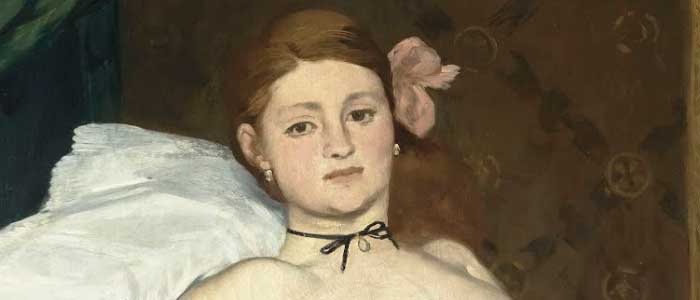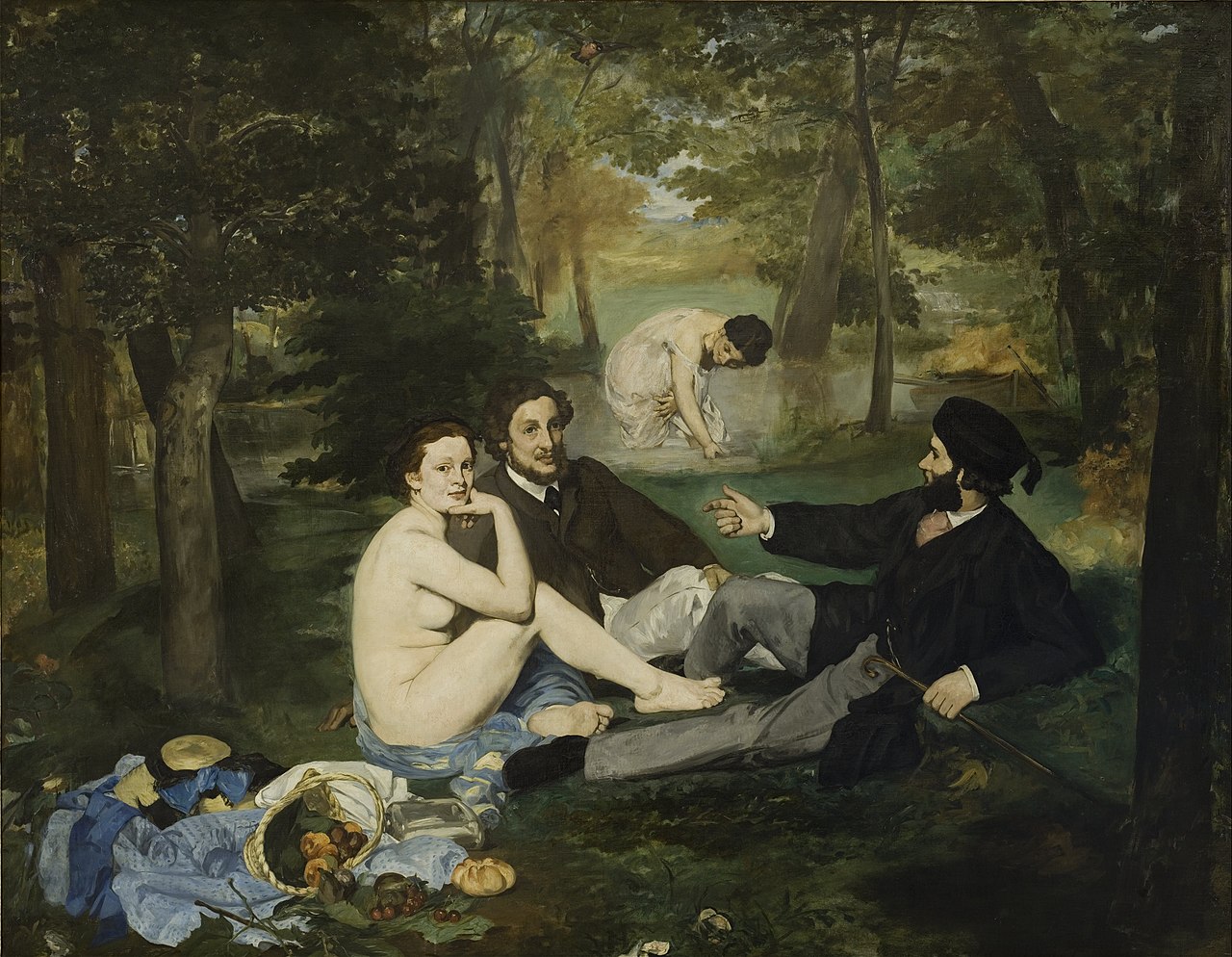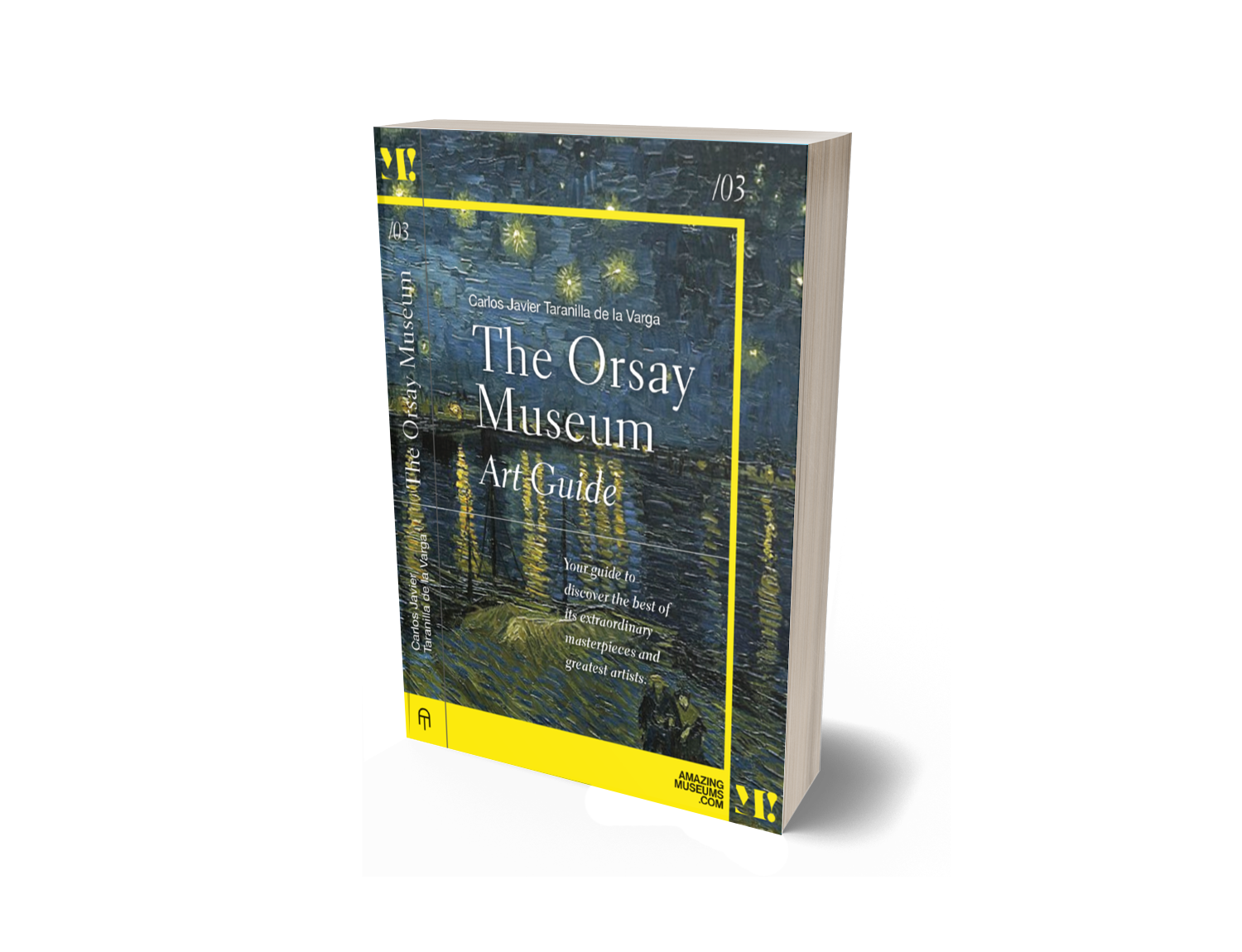
Why impressionism is considered the beginning of modern painting
Impressionism is an artistic movement that emerged in France in the second half of the 19th century and was characterized by a new way of representing reality, based on the capture of light and color, as well as the expression of the visual sensation of the moment. The Impressionists broke with academic norms and the traditional subjects of painting, and devoted themselves to depicting modern life, urban and rural landscapes, and everyday scenes, with a loose and vibrant brushstroke. Why is all this considered the starting point for "modern" painting?
Impressionism as the starting point of modernity
Impressionism is considered the beginning of modern painting because it marked a break with previous art and paved the way for the avant-garde movements of the 20th century. The Impressionists were the first to question the role of art and the artist in society, and to experiment with new techniques and materials. They were also the first to organize independent exhibitions, outside the official salons, and to seek the support of the public and critics.
The antecedents of impressionism are found in the English landscape painters of the 18th century, such as John Constable and William Turner, who influenced the vision of nature and the atmosphere of the French painters. Édouard Manet, who broke with the conventions of realism and romanticism and scandalized the public with his provocative works, such as Lunch on the Grass or Olympia, is also considered a precursor of impressionism. Other painters who paved the way for Impressionism were the members of the Barbizon school, such as Jean-Baptiste Camille Corot or Théodore Rousseau, who practiced plein air (painting in the open air) and who were interested in the effects of natural light on the landscape.

*Manet's "Lunch on the Grass" is considered one of the starting points of this movement.
The main representatives of Impressionism were Claude Monet, Pierre-Auguste Renoir, Alfred Sisley, Camille Pissarro, Edgar Degas, Berthe Morisot and Paul Cézanne. These artists met in Paris and formed a group united by their rejection of official art and their search for a new aesthetic. Between 1874 and 1886 they held eight group exhibitions, where they showed their works to the public and received the appellation "impressionists" from a critic who mocked Monet's painting Impression: Rising Sun.
Impressionism Beyond the Movement
The Impressionists shared some aesthetic principles, such as the use of pure and complementary colors, without mixing them on the palette but directly on the canvas; the gestalt brushstroke, that is, rapid and visible, suggesting rather than defining forms; form as a result of the combination of light and shadow, without resorting to drawing or chiaroscuro; and aerial perspective, based on the gradation of color according to distance. However, each of them had his own style and his own thematic preferences. For example, Monet focused on landscape and atmospheric changes; Renoir specialized in portraiture and festive scenes; Degas was interested in the world of ballet and spectacle; Morisot devoted himself to depicting female intimacy; and Cézanne explored the geometric forms of nature.

*Sorolla was one of the artists influenced by Impressionism.
Impressionism had a great diffusion and influence in other European and American countries, where several painters followed its postulates or adapted them to their own realities. Some examples are Alfred Sisley in England, Max Liebermann in Germany, James Abbott McNeill Whistler in the United States or Joaquín Sorolla in Spain. Impressionism was also the starting point for other later movements, such as Neo-Impressionism, Post-Impressionism and Fauvism, which took experimentation with color and form even further and laid the foundations for abstract art.
If you want to learn more about other Impressionist works, we recommend "Musée d'Orsay Art Guide", our book about the museum that houses the largest amount of Impressionist work in the world, as well as a must-have art guide to discover and learn the essentials of the great works, artists and styles of the Musée d'Orsay, soon available on Amazon.

